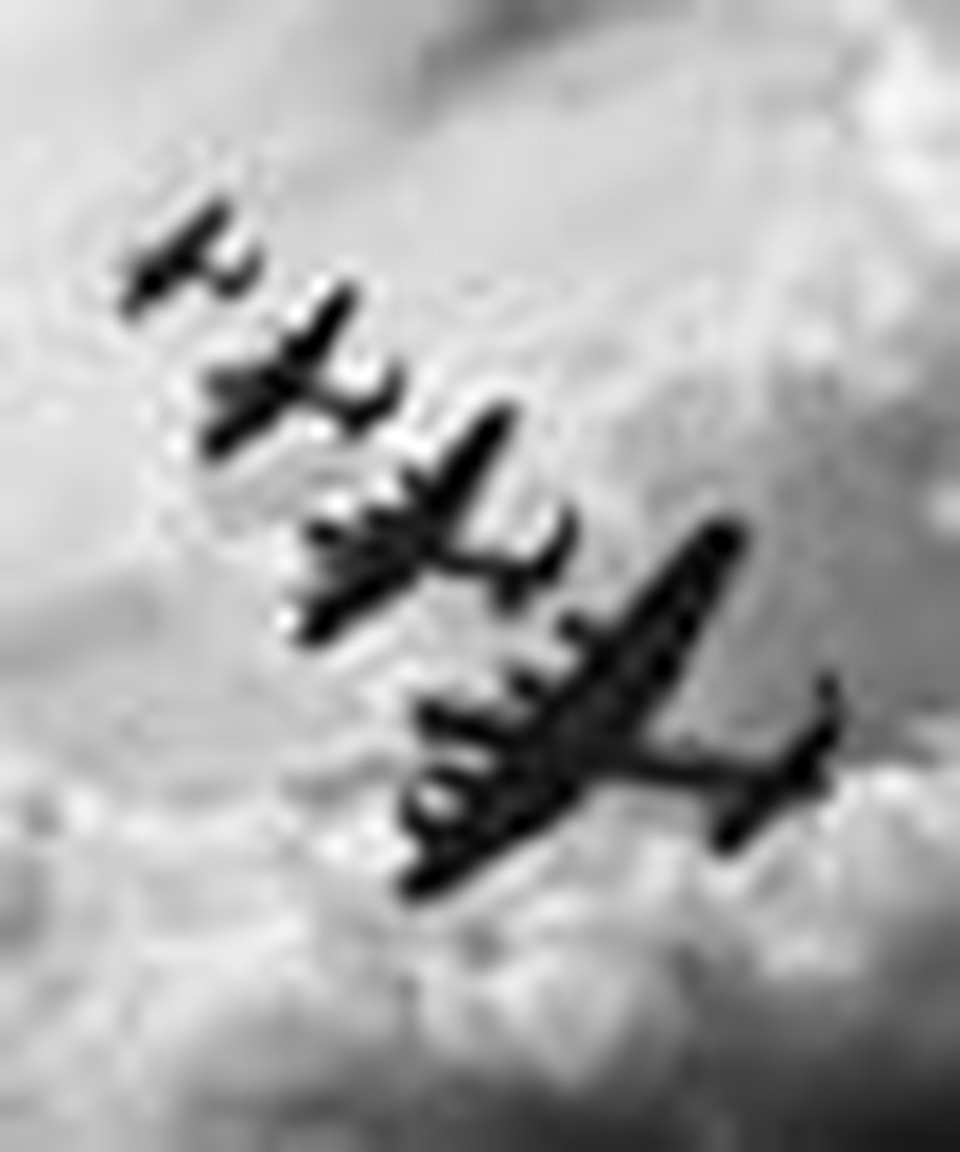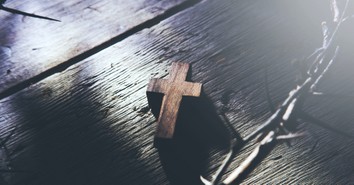The Literature of War

Since the beginning of recorded history, war has defined the story of mankind in profound ways. Man’s propensity for war reflects not only his fallen nature but also the sublime heights to which he can rise in selfless acts of courage and heroism. No wonder then, that entire periods of history are often characterized by the wars that were fought and by the literature created by those seeking to ascribe meaning to these times of tremendous upheaval.
One of the earliest epics known to mankind, The Iliad, is the poet Homer’s account of the final year of the decade-long Trojan War. The Iliad is a study in human nature, the capricious nature of the Greek gods, and the immutable quest for immortality through military glory. From this enduring epic, many of our Western notions about war derive their essence. For instance, the Trojan hero, Hector, wrestles with whether or not the war he wages against the Greeks is a just war, since it was instigated by his brother Paris’s ill-fated alliance with Helen, the wife of the Greek hero, Menelaus. In reality, Hector has little choice, as he either fights or watches the destruction of his city. When his beloved wife Andromache begs Hector to leave the battle and return to her and their young son, the scene is one of the most heart-wrenching found in literature, echoing the sublime tragedy repeated every time a soldier dies defending his homeland. The profound beauty and enduring relevance of The Iliad rests upon the ways this epic presents the various faces of war through the Greek and Trojan heroes, as well as the impact upon their wives, their families, and their societies.
The battles and military engagements of the Old Testament patriarchs also reflect universal themes of war, but with a key difference. While the heroes of the ancient Greek and Roman works battled for supposed immortality through military glory, the military engagements of the Israelites are purposed by Jehovah, the one true God, in His plan to establish a chosen people to reflect His glory and prepare a people for the coming of his Son¬—the one whom we hail as the Prince of Peace. God rejected the warrior King David in building the Temple because he had “shed blood abundantly and hast made great wars” (1 Chronicles 22:8); the King of Glory comes as the Peacemaker, and He comes to a war-torn world to bring “peace, good will toward men” (Luke 2:14).
Wars of the Old World
Wars that are depicted in great works of literature for mature readers (high school) include War and Peace by the Russian author and patriot, Leo Tolstoy. One of the world’s finest works, this tome treats the Napoleonic invasion of Russia in 1812 and though fictional, presents more than 150 historical characters. Les Misérables by Victor Hugo depicts the uprisings of the French Republicans in 1832 as students sought to overthrow the French monarchy. The splendor of Hugo’s work is that within this beautifully crafted novel is a powerful tale of redemption. Sentenced to nineteen years in prison for stealing a piece of bread for his sister’s starving child, when finally released, the embittered Jean Valjean is redeemed through the kindness and mercy of a humble parish priest. A Tale of Two Cities by Charles Dickens opens in 1775, and in classic Dickensian style throws light upon issues of class, injustice, and redemption against the drama, intrigue, and bloodshed of the French Revolution.
Wars of the New World
A Caldecott Honor book of 1950, America’s Ethan Allen by Holbrook and Ward tells the life story of the “Green Mountain Boy” Ethan Allen, who fought in both the French and Indian War and the American Revolution. For middle-grade readers, Johnny Tremain by Esther Forbes depicts a prideful silversmith’s apprentice and his coming of age amidst the turbulent days leading to the War for Independence. For younger readers, America’s Paul Revere by Esther Forbes presents the life of the gifted silversmith and patriot and the pivotal role he played in the colonists’ struggle. George Washington and Benjamin Franklin by Ingri and Edgar Parin D’Aulaire present primary readers with the stories of two of America’s most important founders and the service they rendered their young country. Those who have enjoyed the work of David McCullough in his Pulitzer Prize winner, John Adams, also will enjoy Abigail Adams: Witness to a Revolution by Natalie Bober, as the author explores the amazing role Abigail played as wife, counsel, and encourager to her patriot husband.
The Civil War has been immortalized in far too many works to cover here, but a few noteworthy ones include these: Killer Angels by Michael Sharra, another Pulitzer Prize winner. The Red Badge of Courage by Stephen Crane is the first novel to wrestle with the shame of the soldier who turns coward upon the battlefield, a common occurrence, yet one not previously addressed in literature. Crane’s depiction of the agonized mental state of the young soldier was a sea change in literature and led the way for other novels to follow. Two other Civil War novels for middle and junior high level are Rifles for Watie by Harold Keith and Across Five Aprils by Irene Hunt. Both Newbery Award-winning novels present true-to-life depictions of teen protagonists facing the conflicted reality of Northern versus Southern sentiments and the ways in which these affect their families. In Bull Run by Paul Fleischman, Northerners, Southerners, generals, couriers, dreaming boys, and worried sisters describe the glory, the horror, the thrill, and the disillusionment of the first battle of the Civil War. Undying Glory: The Story of the Massachusetts 54th Regiment by Clinton Cox tells the inspiring story of the first black Union regiment under the heroic and noble Colonel Robert Gould Shaw.
Wars of the Modern World: The Bloodiest Century
The twentieth century was mankind’s bloodiest in history. The scale of human tragedy and horror was ushered in by the rise of communism, socialism, and Nazism and compounded by the dawn of atomic weapons, the horrors of Stalin’s Russian gulags, Hitler’s Nazi death camps, and Mao Zedong’s wholesale slaughter of untold millions of Chinese. While none of these topics is approached with relish, these are tales that must be told, and knowledge of the best works is essential.
Works addressing World War I include these: Erich Remarque’s All Quiet on the Western Front; like The Red Badge of Courage before it, this book deals with the horror and ignominy of war from the perspective of young German soldiers. Two other works dealing with this period are The Yanks are Coming: The United States in the First World War and Stalin: Russia’s Man of Steel by the award-winning Albert Marrin. Marrin’s willingness to approach these topics specifically for the young adult reader is commendable in itself; parents who are committed to introducing their children to these eras of world history (and their wars) will profit from his works.
Albert Marrin has also written about World War II; both Hitler and Victory in the Pacific are engagingly written and will educate students far better than the best textbook. A tender and sweet story to read to the intermediate-aged child is The House of Sixty Fathers by Meindert Dejong. Set in China during the Japanese occupation, young Tien Pao becomes separated from his family behind Japanese lines. His desperate search for his family, as well as his fortune in being taken in by American soldiers, makes for a satisfying and uplifting story. The effect of the U.S. bombing of Hiroshima is told in a moving and provocative work titled Hiroshima by John Hersey. Told through the first-person accounts of six survivors of the bombing, Pulitzer Prize-winning author Hersey puts a human face upon one of history’s most cataclysmic events. His follow-up on his six survivors forty years after Hiroshima makes a moving epilogue to this book.
The Hiding Place by Corrie Ten Boom will inspire readers with the Ten Booms’ selfless devotion to helping their hunted Jewish neighbors during the German occupation of Holland. Secreting their neighbors in specially designed hiding places earns the Ten Booms betrayal, arrest, and imprisonment at a notorious Nazi concentration camp. Despite the horror and deprivation of their experience, Corrie triumphs through forgiveness of her enemies.
The Korean War has been covered by three notable authors whose work I highly recommend. For high school-level readers, Richard Kim has written a moving memoir of his childhood in Korea, during the time when his country was under Japanese occupation. Lost Names: Scenes From a Korean Boyhood presents a devoted Christian family, the terror and deprivations of daily life under a ruthless regime, and the power of integrity, courage, and honor in Korea’s darkest hour. So Far From the Bamboo Grove by Yoko Kawashima Watkins is the story of a young Japanese girl who grows up in Korea, where her family is stationed as a result of the Japanese occupation. After the surrender of Japan, Yoko, her mother, and sister must escape through hostile territory. The Year of Impossible Goodbyes by Sook Nyul Choi is the true story of a young Korean girl who lives through separation from her family, endless treks through dangerous territory, deprivation, and narrow escapes. Her tenacity, courage, and faith are an inspiration.
This brief article can hardly do justice to the multitude of classic and historical works delving into the countless wars that have made up such a significant part of the record of mankind. I hope that the list above will acquaint you with treasures new and old and enrich and enhance your studies of these important eras of history.
Rea Berg has homeschooled for more than twenty-five years and loves organic gardening, travel to historic sites, nineteenth-century literature, and dance. Rea has a B.A. in English from Simmons College and a graduate degree in children’s literature. She has written numerous guides for studying history through literature and has republished many classic children’s works. With her husband, she owns Beautiful Feet Books and can be emailed at rea@bfbooks.com. She blogs about children’s literature at www.reaberg.com.
Copyright 2012, used with permission. All rights reserved by author. Originally appeared in the January 2012 issue of The Old Schoolhouse® Magazine, the trade magazine for homeschool families. Read the magazine free at www.TOSMagazine.com or read it on the go and download the free apps at www.TOSApps.com to read the magazine on your mobile devices.
Publication date: July 12, 2013
Originally published July 12, 2013.





